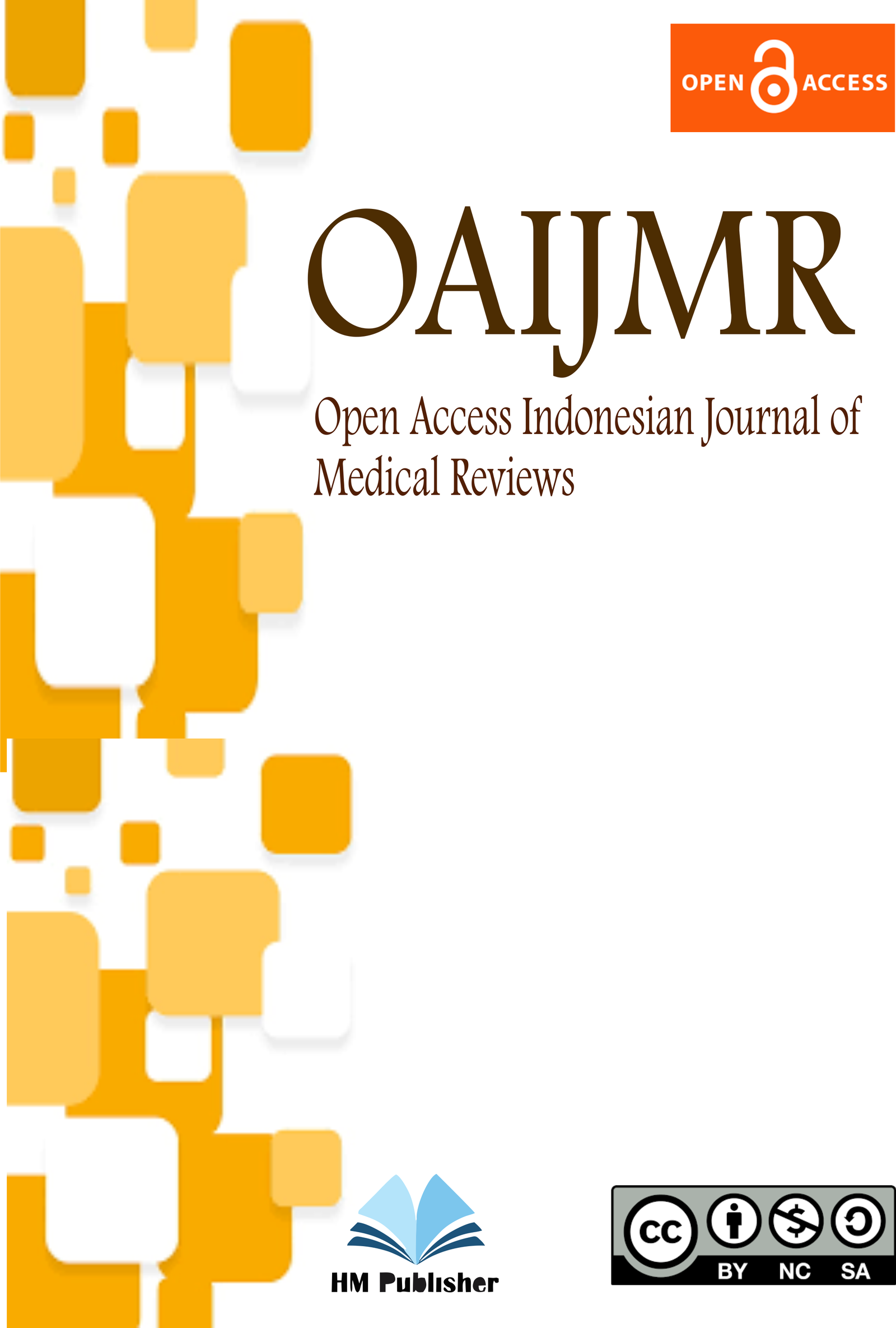Main Article Content
Abstract
Visible skin diseases like psoriasis vulgaris and vitiligo impose a significant psychosocial burden. However, the comparative impact on real-world functioning and the interplay of clinical, social, and psychiatric factors remain poorly understood, particularly in non-Western populations. This study aimed to quantitatively compare participation restriction between these two conditions and to identify its key biopsychosocial predictors. This comparative cross-sectional study, conducted in a tertiary Indonesian hospital, enrolled 50 patients (25 with psoriasis vulgaris, 25 with non-segmental vitiligo). The primary outcome was participation restriction, measured by the 18-item Participation Scale (P-Scale). Clinical severity was assessed using the Psoriasis Area and Severity Index (PASI) and Vitiligo Area Scoring Index (VASI). Crucially, depressive and anxiety symptoms were screened using the Patient Health Questionnaire-9 (PHQ-9) and Generalized Anxiety Disorder-7 (GAD-7) scale, respectively. A hierarchical multiple linear regression analysis was performed to identify predictors of participation restriction. Patients with psoriasis reported profoundly higher mean P-Scale scores (43.16 ± 5.01) compared to those with vitiligo (25.72 ± 4.21; p < 0.001), indicating more severe restrictions. Psoriasis patients also exhibited significantly higher scores for depressive symptoms (PHQ-9: 11.52 ± 3.18 vs. 5.68 ± 2.29; p < 0.001) and anxiety symptoms (GAD-7: 10.24 ± 2.95 vs. 5.12 ± 2.15; p < 0.001). The hierarchical regression model was highly significant (F(7, 42) = 28.14, p < 0.001), explaining 82.4% of the variance in P-Scale scores. After controlling for demographic and clinical factors, a diagnosis of psoriasis (β = 0.45, p < 0.001), higher clinical severity (β = 0.28, p = 0.002), and higher depressive symptom severity (PHQ-9 score; β = 0.39, p < 0.001) were significant independent predictors of greater participation restriction. In conclusion, psoriasis vulgaris is associated with a dramatically greater burden of participation restriction than vitiligo. This burden is driven by a complex interplay of the disease's clinical severity, its inherent diagnosis-specific factors, and, critically, comorbid depressive symptoms. These findings underscore the necessity of a biopsychosocial approach in dermatology, advocating for routine mental health screening and integrated care models to address the multifaceted drivers of disability in patients with chronic inflammatory skin disease.
Keywords
Article Details
Open Access Indonesian Journal of Medical Reviews (OAIJMR) allow the author(s) to hold the copyright without restrictions and allow the author(s) to retain publishing rights without restrictions, also the owner of the commercial rights to the article is the author.





